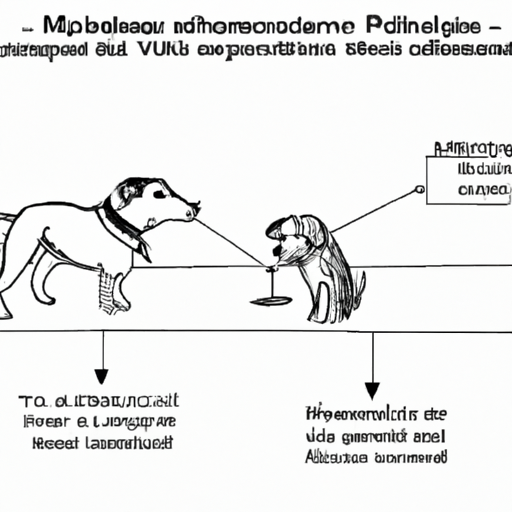A Brief Introduction to Microchips
You must have heard about microchips for dogs, but do you truly understand how they work? It’s not rocket science, but it does involve some pretty clever technology. Microchips are tiny devices, approximately the size of a grain of rice, that are implanted under a dog’s skin. They use radio frequency identification (RFID) technology, which doesn’t require a power source to work. Now, let’s delve a little deeper into how these micro marvels work.
The Process of Implanting a Microchip
- Visit the Vet: The process starts when you take your furry friend to the vet. The microchip is usually implanted between the shoulder blades using a needle. It’s a quick and easy procedure, similar to a vaccination.
- Register the Microchip: After the chip is implanted, it’s your job to register it with the relevant database. The microchip carries a unique identification number, which is linked to your contact information in the database.
How a Microchip Works
When a scanner is passed over your dog’s body, the microchip gets enough power from the scanner to transmit the microchip’s ID number. The scanner displays the number, and the vet or shelter can use that number to access your contact information. It’s important to note that a microchip isn’t a GPS tracker—it can’t provide your dog’s location.
Here is a table to summarize how a microchip works:
| Step | Description |
|---|---|
| 1 | Microchip is scanned |
| 2 | Microchip gets power |
| 3 | Microchip sends ID number |
| 4 | Scanner displays ID number |
| 5 | Vet accesses your contact information |
The Importance of Microchips
Microchips are crucial for your dog’s safety. They offer a reliable way to identify your pet if they ever get lost. Unlike collars and tags, microchips can’t fall off or become unreadable. However, remember that they are not a replacement for tags and collars, but rather an added layer of security.
- Security: Microchips provide a permanent method of identifying your pet.
- Peace of Mind: Knowing that your pet can be identified brings peace of mind.
- Increased Chance of Reunion: Microchipped dogs have a much higher chance of being reunited with their owners.
Frequently Asked Questions
Q: Does implanting a microchip hurt my dog?
A: It’s similar to a vaccination shot. Most dogs don’t react any more to this than to a regular injection.
Q: Can anyone scan the microchip?
A: Only certain scanners can read microchips, and these are typically found at vet offices and animal shelters.
Q: Can a microchip replace my dog’s collar and tags?
A: No, a microchip is an added layer of security, not a replacement for a collar and tags.
Q: Do I need to replace the microchip?
A: Microchips are designed to last the lifetime of your pet, so they don’t need to be replaced.
In conclusion, microchips play a vital role in ensuring the safety and well-being of our four-legged friends. As a responsible caregiver, it’s your duty to understand how they work and make informed decisions for your pet’s welfare.



